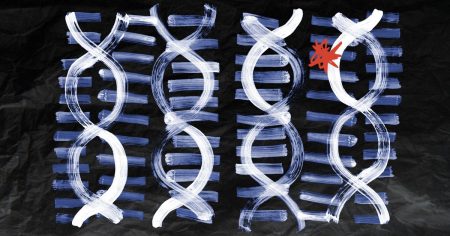Justine Carter, a 33-year-old mom from Santaquin, Utah, experienced a spontaneous coronary artery dissection (SCAD), leading to a heart attack in early May. She woke up feeling unwell and started vomiting violently while on the treadmill. Fortunately, her mother-in-law, a nurse, performed CPR which likely saved her life. Justine was rushed to the hospital where doctors discovered she had SCAD, a tear in the artery’s layers that can block blood flow to the heart. She was put into an induced coma to allow her heart to heal and to monitor for potential brain damage. Justine’s recovery was successful, and she was discharged after a week.
Justine’s SCAD occurrence was random, as experts are still uncertain about why it happens. SCAD typically affects healthy women without heart disease, and those at higher risk include women between 30 and 50 who are healthy, individuals in the immediate postpartum period, and those with connective tissue disorders. SCAD can result in heart attacks and it’s crucial to recognize the signs such as chest pain, trouble breathing, sweating, dizziness, radiating pain in the left arm, chest pressure, nausea, and stomach upset. After her first heart attack, Justine experienced a second dissection which was treated with a temporary Impella heart pump to allow her heart time to recover.
Following her hospital discharge, Justine felt fatigued and required assistance from her family. She underwent cardiac rehabilitation to aid in her physical and mental recovery, given medication, and advised to avoid high-intensity cardio activities. Justine emphasizes the importance of listening to your body and advocating for yourself, especially as women may be dismissed when raising health concerns. She is grateful for her mother-in-law’s quick response with CPR and encourages others to learn life-saving techniques.
Justine’s experience highlights the unpredictable nature of SCAD and the potential severity of heart attacks. The swift actions taken by her family and medical professionals were crucial in ensuring her survival. Justine’s recovery process involved ongoing medical care, rehabilitation, and lifestyle adjustments to manage her heart condition. Her story serves as a reminder for individuals to prioritize their health, be vigilant about potential symptoms, and seek medical attention when needed. The support of loved ones and access to quality healthcare played a significant role in Justine’s journey to recovery and serves as a testament to the importance of being proactive about heart health.













